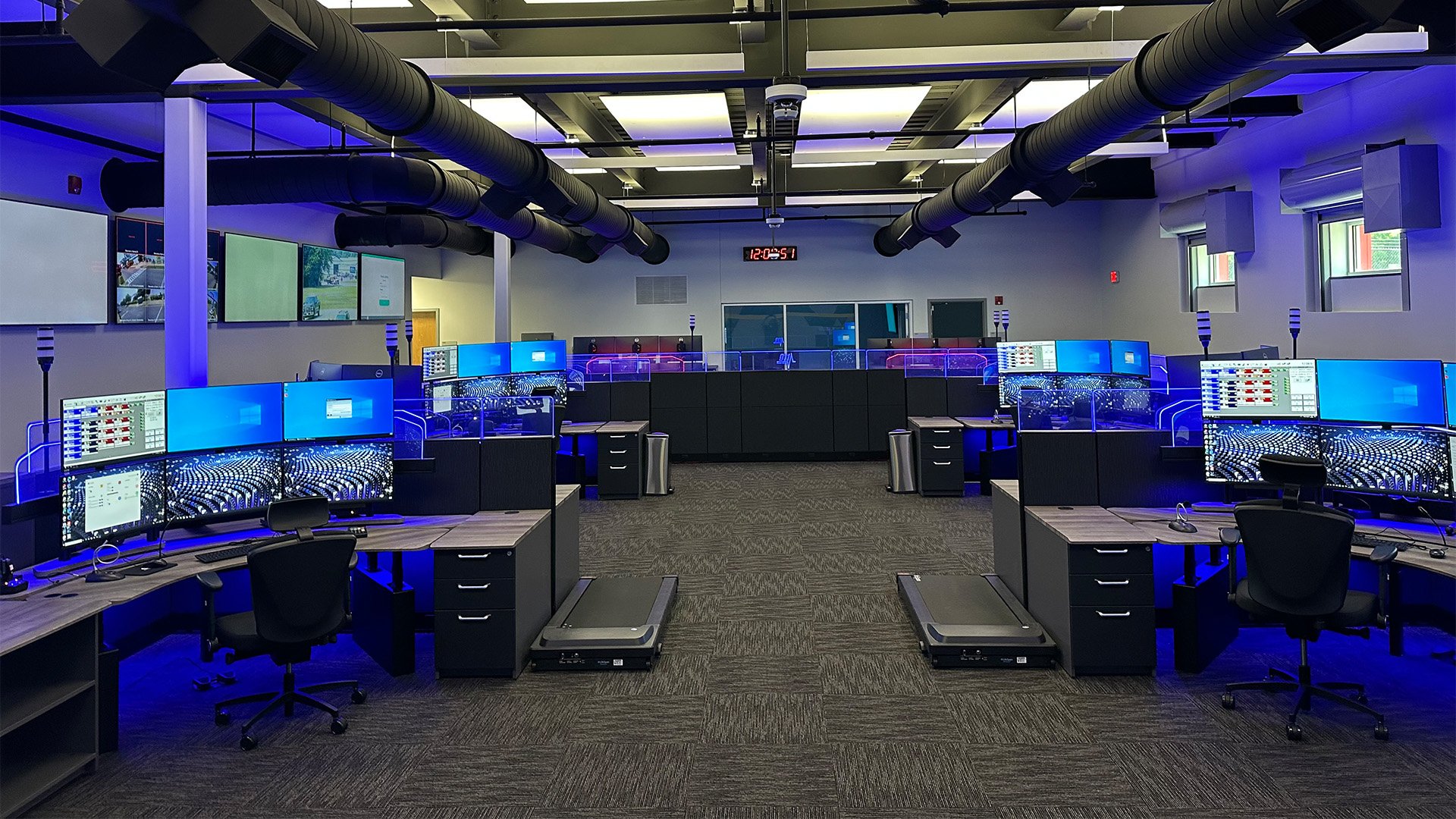 Buying new dispatch furniture or radiology furniture can be stressful. After making the big decision on which furniture manufacturer will work best for you, it might feel like you are only halfway done. That's because you are. Hopefully, you have picked a company with a strong and experienced team which can help make the delivery and installation go seamlessly. There is probably a lot of pressure to get the new furniture delivered, installed and functioning without disruption or costly mistakes. This blog will walk you through some order completion details that can help ensure a smooth arrival and delivery of your new furniture.
Buying new dispatch furniture or radiology furniture can be stressful. After making the big decision on which furniture manufacturer will work best for you, it might feel like you are only halfway done. That's because you are. Hopefully, you have picked a company with a strong and experienced team which can help make the delivery and installation go seamlessly. There is probably a lot of pressure to get the new furniture delivered, installed and functioning without disruption or costly mistakes. This blog will walk you through some order completion details that can help ensure a smooth arrival and delivery of your new furniture.


 First things first, What Is Interior Design?
First things first, What Is Interior Design?  A raised-access computer floor provides an elevated structural floor above a solid substrate (often a concrete slab) to create a hideaway for data and electrical cabling. Raised floors are commonly used in areas like command centers, call centers and computer rooms and can be installed at varying heights — from 2 inches to over 4 feet — to accommodate specific cabling needs.
A raised-access computer floor provides an elevated structural floor above a solid substrate (often a concrete slab) to create a hideaway for data and electrical cabling. Raised floors are commonly used in areas like command centers, call centers and computer rooms and can be installed at varying heights — from 2 inches to over 4 feet — to accommodate specific cabling needs.